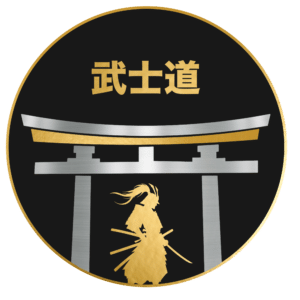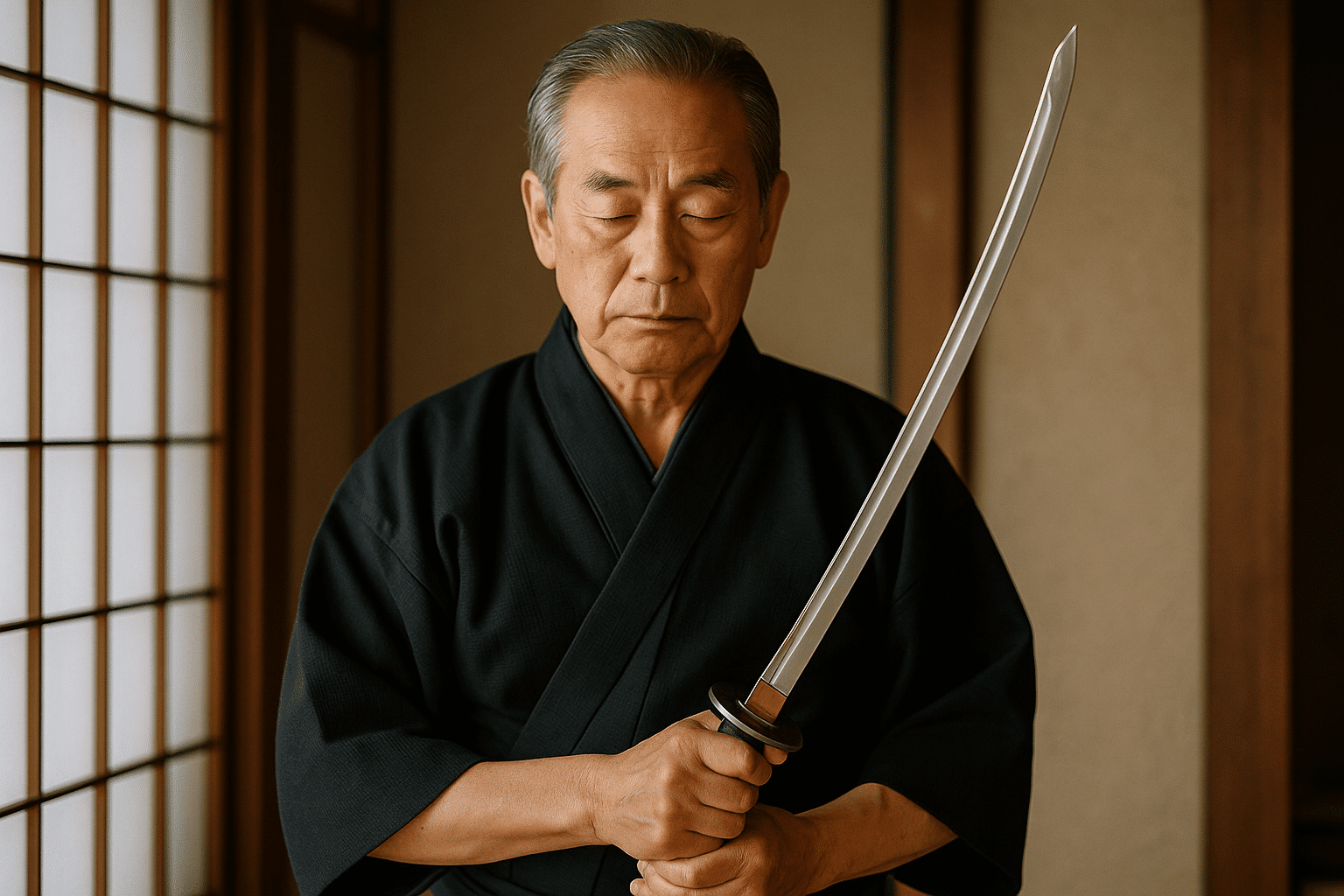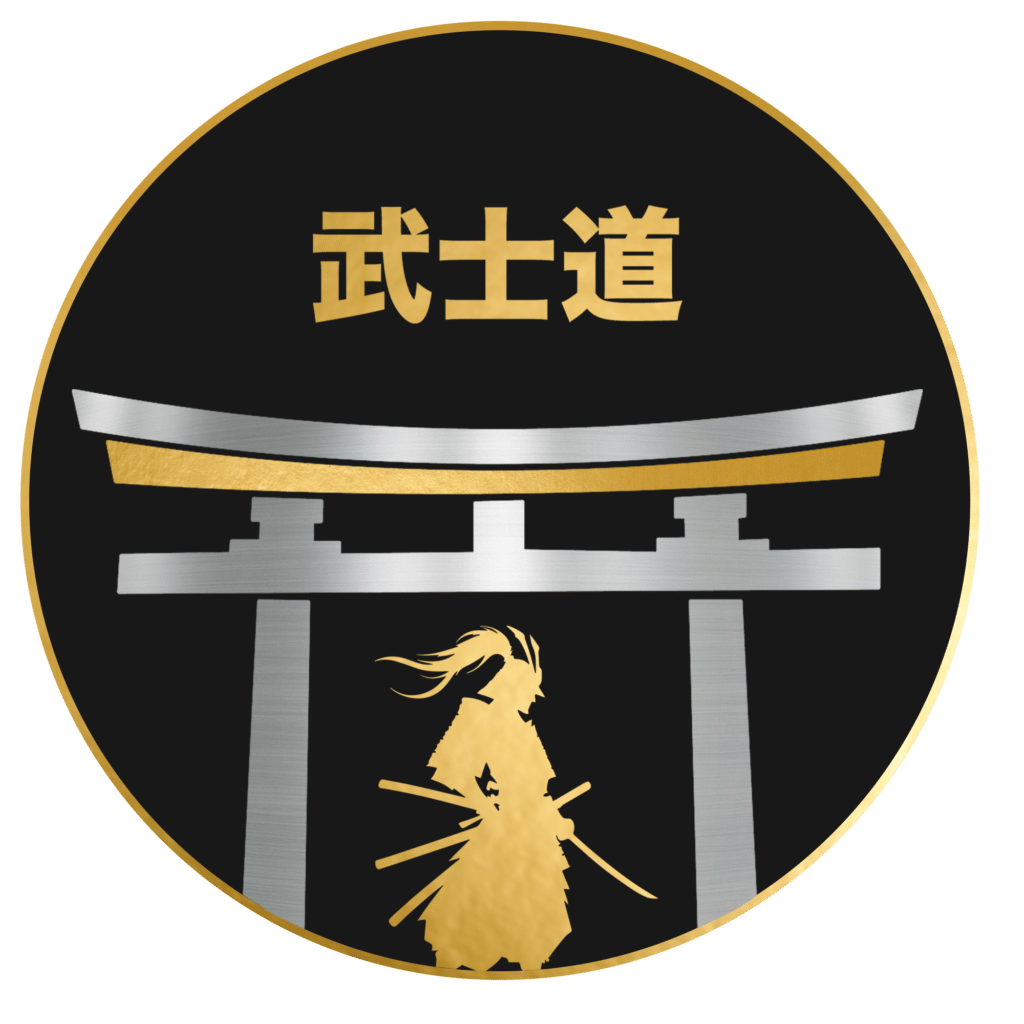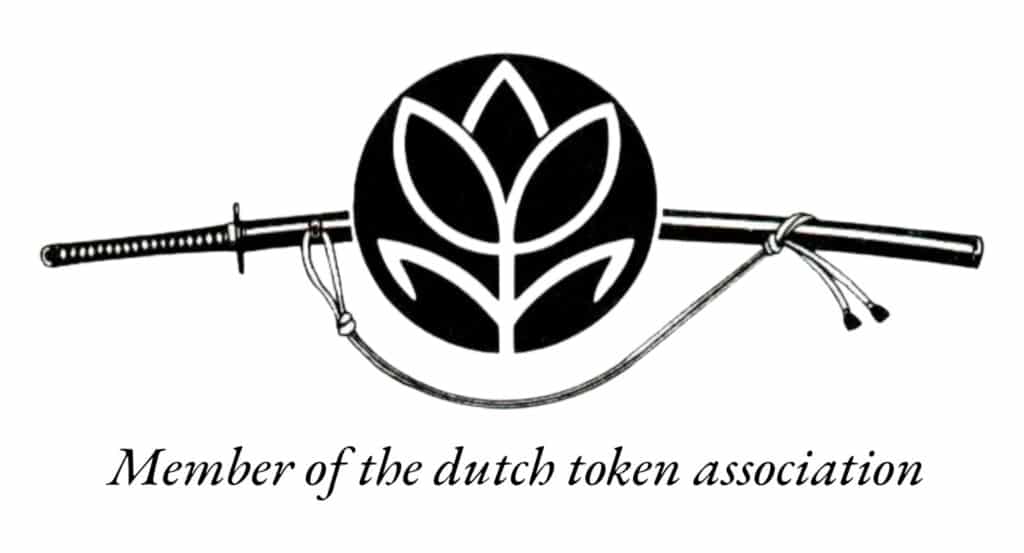Introduction: A Quiet Mastery
Ōno Yoshimitsu Mukansa walks a quiet path. His name is known not through boast or noise, but through precision, mastery, and years of discipline. As a Mukansa-ranked swordsmith, his craft is beyond competition—judged not by prize but by pure standard.
His blades hold history. Not just in form, but in spirit—reflections of Budo and centuries of Japanese sword-making. In his work, there is no excess. Each line, each fold of steel, serves a purpose.
In the dojo and the forge alike, he stands calm. Observing. Honing. Teaching without speaking. His presence is felt more than seen—an embodiment of art shaped by silence, repetition, and respect.
This is the world of Ōno Yoshimitsu. Refined. Grounded. Still.
Early Life and Beginnings
Ōno Tadaaki was born in 1565, during Japan’s turbulent Sengoku period. He came from a samurai family in the Hitachi Province. His early years were shaped by discipline, duty, and the quiet order of tradition.
From a young age, Ōno trained in martial skills. Swordsmanship, etiquette, and strategy became the fabric of his daily life. These were not hobbies. They were the foundations of survival and honor.
The pivotal moment came in his adolescence. He held a sword with intent for the first time—more than practice, more than form. He understood then that the blade was not just a tool of war. It was a path.
Under the guidance of skilled teachers, Ōno absorbed everything he could. He watched. He listened. He moved only when needed. The sword shaped him, and he, in turn, began to shape his own approach.
In these quiet beginnings, the roots of a master took hold.
The Path to Mastery
Ōno Yoshimitsu’s journey began in silence—feet aligned on worn tatami, heart steady, eyes clear. From a young age, he entered the dojo not to win, but to learn. Each bow, each breath, each stroke of the blade carried weight.
His early path was shaped under the firm hand of Itō Kagehisa, a teacher known for biting precision. Kagehisa offered no shortcuts. Ōno learned by repetition: cutting through bamboo at dawn, posture corrected in winter chill, spirit tested in every passing season.
He later studied under Kamiizumi Nobutsuna, founder of Shinkage-ryū. Here, the sword became more than a weapon. It was a path inward. Nobutsuna taught the art of seeing—not just the opponent’s form, but intent. Ōno absorbed this deeply. His style began to reflect the soul of the blade, not just its motion.
Mastery wasn’t declared. It arrived slowly, in quiet milestones. The moment his stance didn’t waver in 12 hours of kata. The time his sword found truth without force. The day he was named shihan not with applause, but with a nod.
Ōno’s life was dedication: early mornings, ink-stained strategy scrolls, sweat on straw mats, scars borne with grace. He became a master because he never aimed for the title—only for deeper understanding.
This was his way. Purpose shaped by practice. Mastery by walking the path, step by step.
Mukansa: Beyond Judgement
In the world of Nihonga, few honors carry the weight of “Mukansa.” The word means “beyond judgement.” It signifies a turning point: artists awarded this title are exempt from the juried examination process of the government-sponsored Nitten exhibition. Their work stands on its own, recognized as masterful beyond question.
Ōno’s receipt of the Mukansa title marked a quiet, essential shift. It spoke not only to his technical skill but to a deeper, more enduring quality—his unshaken dedication to form, spirit, and tradition. With this recognition, he stepped into a new role. No longer just a competitor or hopeful, he had become a bearer of the tradition itself.
Mukansa is not a reward for ambition. It is a responsibility. It demands continued balance between innovation and reverence. For Ōno, it aligned perfectly with his path. Focused. Disciplined. Rooted in the practice more than the accolade. From here onward, his work was not to impress—it was to express.
Crafting the Blade: Soul in Steel
In Ōno’s forge, the blade begins with silence. Iron and carbon meet the hammer’s rhythm. Every strike carries intent. Nothing is wasted.
He selects his tamahagane with care. The raw steel is folded again and again. Every layer removes impurity, reveals purity. The metal becomes spirit.
Fire plays its part. Heat is watched, not measured—a lesson from years of practice. Ōno does not force the steel. He listens. The blade knows what it wants to be.
As he forges, mind and body move as one. His breath steadies each swing. His hands shape more than form—they shape meaning.
The hamon, that wavy temper line, is not decoration. It is memory. A record of heat, pressure, control. Ōno calls it “the sword’s heartbeat.”
When the sword is quenched, time slows. A single moment holds everything: heat, tension, release. This is where it becomes a blade.
Later, as he polishes the steel, he reveals its truth. He does not add beauty. He uncovers it.
Crafting a sword the way Ōno does is not making a weapon. It is giving form to spirit. Steel with soul. Discipline made visible.
Legacy and Influence
Ōno Yoshimitsu’s blades were more than weapons—they were lessons in patience, skill, and spirit. Each sword he forged bore the quiet mark of mastery, shaped by years of dedication and an unbroken attention to detail.
His influence lives not only in museums or collections but in the hands of modern smiths and martial artists. Craftsmen study his methods. Practitioners still feel the balance of his designs in kata and kumite. His name is spoken with respect, not as legend, but as standard.
Yoshimitsu taught that purpose defines beauty. That silent strength endures. Through the steel he shaped, and the students he guided, his legacy does not fade. It sharpens still.
What he left behind is not just history—it is a path.
Conclusion: The Stillness Endures
Ōno did not chase fame. He let the blade speak.
Each sword was a study in balance. Steel and silence. Edge and emptiness. What he created was more than a weapon. It was a reflection of a discipline lived every day.
He worked in quiet dedication. No excess. No shortcuts. Just the rhythm of the forge and the shape of his intent.
Time moves. Styles shift. But the stillness in his blades remains.
In every line and curve lives a memory of his hands. In every sharp edge, the restraint of a focused soul.
Ōno is gone. Yet his work stands. Not loud. Not proud.
Just precise. Just enduring.





